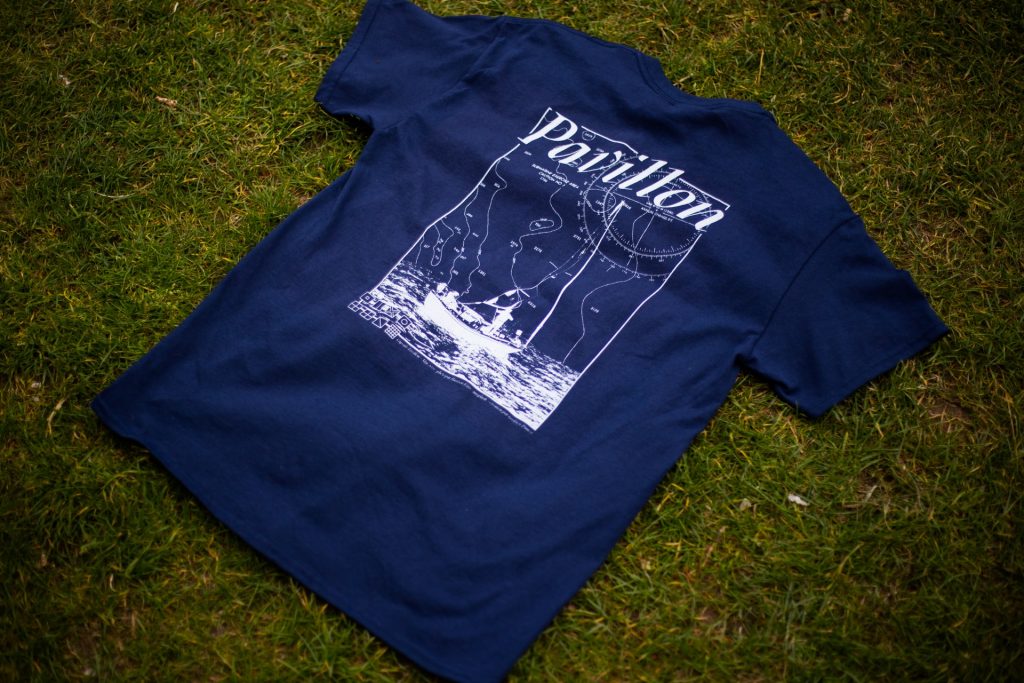If you become a part of any of a number of custom t-shirt franchises, you could certainly make significant profits over the long haul. However, as with any business, you’ll need to have a solid management and marketing plan for your t-shirt business to take off. In today’s world where a significant number of people have internet access, starting an online t-shirt business can seem deceptively easy. However, because of its ease and low barrier to entry, virtually anyone with little money and internet access can venture into this niche. This is bad news for you because it means there’s almost unlimited competition. Successfully launching and sustaining your t-shirt business in an online setting becomes difficult if you don’t have a solid strategy from the get-go.
Table of Contents
The following are simple steps to launch your online t-shirt business:
1)Find a Niche for Your Online T-Shirt Business
The first step to launching a successful online t-shirt business is to identify a niche. Because of the ubiquity of t-shirts both online and in regular stores, it means that you have to create something unique to stand a chance of beating the competition. This could be creating high-quality t-shirts at relatively affordable prices. The idea is to create something that sets you apart from your competition. Target a market that you think is untapped and you’ll be one step ahead of the competition.
2) Be Creative
This is crucial. To stand out, you should design your own t-shirts. You want to ensure that your products act as a solid foundation for your online store’s success. This means designing your own, unique style of t-shirts. Creativity and thinking outside the box will come in handy here. You can experiment with different designs to see which ones are most marketable while staying true to your brand’s image. Of course, if you don’t have the experience to design t-shirts yourself, you can always seek ideas from others or get in touch with a professional designer.
3) Validate Your T-Shirt Designs
Just because you think you’ve got a great design doesn’t mean people will like it. It’s at this stage that you have to test the waters and see if your idea sits well with a large majority of potential customers. It’s crucial that whatever validation you seek is impartial. As such, avoid asking friends and family members, at least directly. They’ll most likely tell you what you want to hear. You can post your designs on an online forum. The anonymity ensures that most of the feedback you’ll get will be honest. If you don’t get raving reviews, don’t despair. It just means you’ll need to tweak designs more. Pay attention to the suggestions offered. Seeking the help of design consultants can also help.
4) Source Your Products
This is crucial. You want to ensure that you only get your t-shirts from reputable manufacturers. Regardless of how amazing your design is, it won’t matter if the t-shirts on which they’re printed are of poor quality. The last thing you want is customers leaving negative reviews after wearing your t-shirts a couple of times. Sourcing good-quality t-shirts gives you an edge over the competition. Gradually, your store will gain a reputation as the go-to place for good-quality t-shirts.
5) Print Your Designs and Set a Price
Get in touch with local printing companies and ask to sample some of their products. You want good printing that won’t begin to crack after a few washes. Of course, if you don’t have a budget for trying multiple printing companies, stick with one at the beginning. Dropshipping is also an option if you don’t like using local printing companies. Ensure to purchase and print your designs in bulk orders to save costs.
This will also help to determine your prices. The idea is to have good-quality t-shirts at competitive prices. If, say, you purchase one t-shirt at $8 and the printing on that t-shirt costs $10, then your cost of production per unit is $18. You can double that to $36 as the price of a single t-shirt. Of course, this rule isn’t set in stone. You have to consider other factors like shipping to customers.
6) Set Up Your Online Store
Market research is important before setting up an online presence. Based on your research, you should know if you’re going to sell to a specific demographic or market or not. For example, t-shirts with vibrant colors tend to appeal to younger crowds and hippies. Defining your audience means that you can set up your online store on the right platforms if you don’t have a website. This helps you to direct your marketing and advertising campaigns accordingly.

